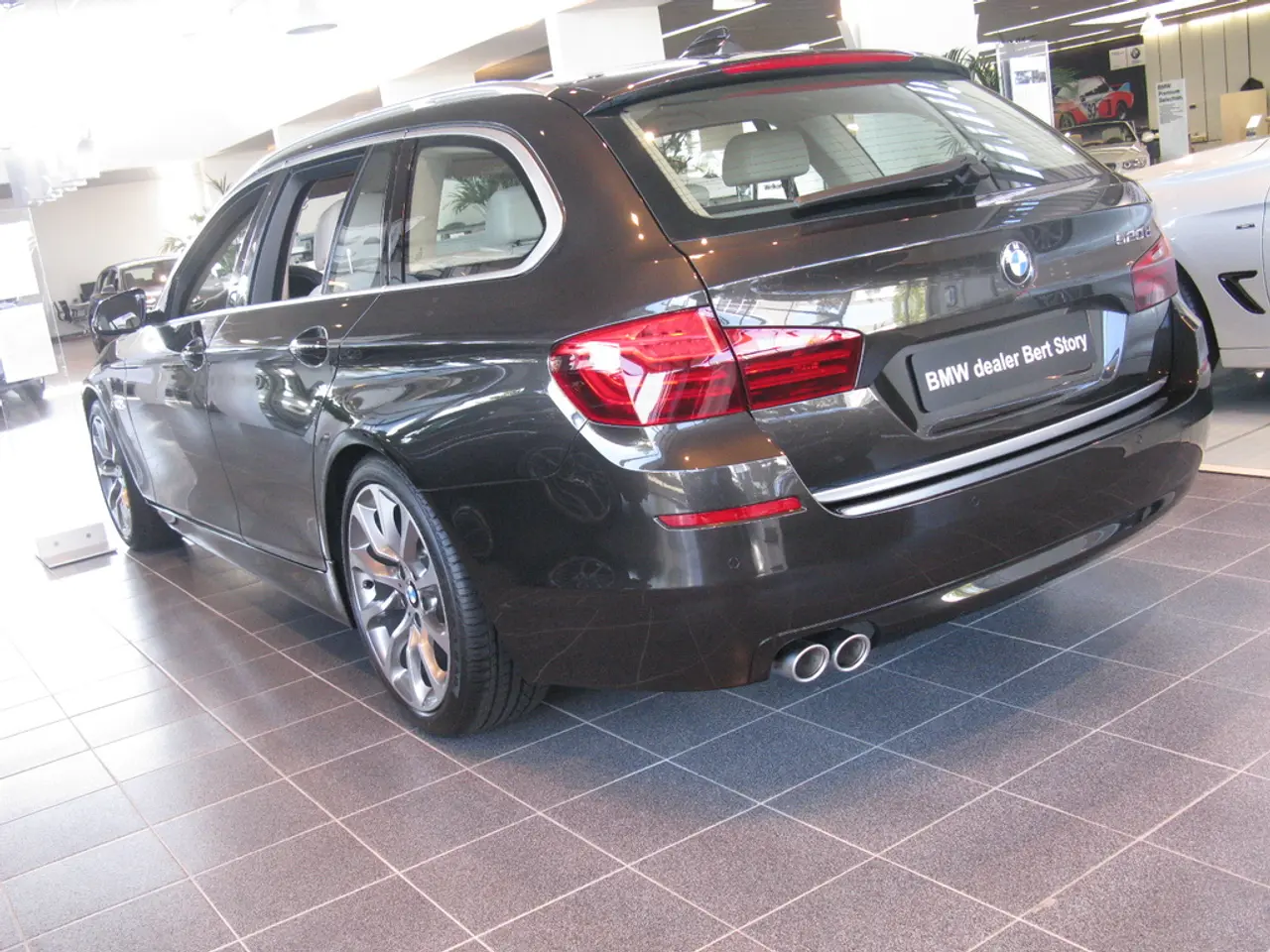Efficient battery charging equals monetary savings
E.ON, a leading energy provider, is making strides in the electromobility sector by offering innovative charging solutions for electric vehicles (EVs). With a range of tariffs designed to cater to different customer needs, E.ON is set to revolutionise the way EV owners charge their vehicles at home.
Filip Thon, the CEO of E.ON Energie Deutschland GmbH since April 2021, brings a wealth of experience to this venture. Thon previously held management positions, including Senior Vice President for Central and Eastern Europe at E.ON SE and CEO of innogy Polska SA.
E.ON offers three types of tariffs: classic electricity tariffs, flexible tariffs like "Home & Drive", and dynamic tariffs. The flexible tariff, Home & Drive, offers a fixed kilowatt hour and basic price, with automatic nighttime charging and a desired morning state of charge. This flexibility in energy consumption involves shifting energy usage in time, particularly during periods of low demand or high renewable energy feed-in.
Dynamic tariffs, on the other hand, are directly linked to the wholesale electricity price. They offer savings through targeted consumption management but with price risks and requiring personal involvement with electricity prices. Customers can financially benefit from dynamic tariffs by shifting charging to times with lower spot market prices. While exact profit figures are not specified for E.ON, similar dynamic tariffs with smart charging offer potential savings and rewards up to around 300 euros annually through price optimization and virtual power plant participation.
The potential for shifting 2.8 terawatt hours (TWh) of electricity consumption through electric vehicle charging at home exists today. By 2030, this potential could increase to 8.2 TWh, making electromobility an important factor for flexibility.
Charging electric vehicles at home is suitable for flexibility as the charging process can usually be shifted in time without loss of comfort. The flexible tariff, Home & Drive, even offers an annual flex bonus of up to 240 euros if the vehicle is charged flexibly on a regular basis.
Bidirectional charging, another innovative feature offered by E.ON, works automatically according to the user's settings to maintain the desired minimum range in the battery. Bidirectional charging has enormous potential, allowing vehicles to function as a swarm battery and feed energy back into the home (Vehicle-to-Home) or into the grid (Vehicle-to-Grid). Customers can financially benefit from bidirectional charging by feeding energy back into the home or grid during times of high energy demand or low renewable energy feed-in.
A large proportion of electric vehicle models are compatible with "Car Connect", and this can be checked online. The flexible charging tariff at E.ON does not require a specific type of wallbox for operation, but the electric vehicle or plug-in hybrid must be compatible with "Car Connect". Dynamic tariffs usually require a smart, networked wallbox for automatic price optimizations.
In conclusion, E.ON is leading the way in providing innovative charging solutions for electric vehicles. With its range of flexible and dynamic tariffs, bidirectional charging, and commitment to sustainability, E.ON is making electromobility more accessible and affordable for everyone.








